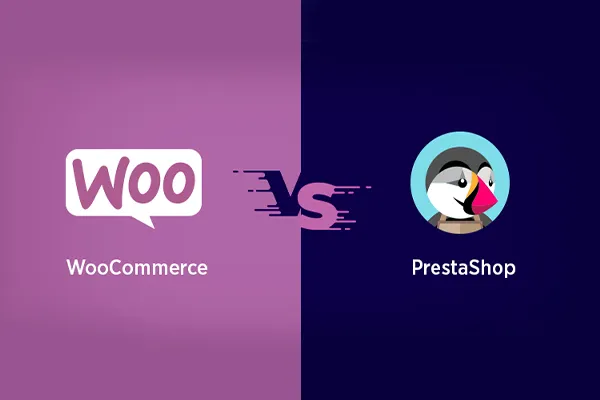PrestaShop and WordPress – two popular platforms for creating online stores and websites. Both platforms have their own advantages and disadvantages.
PrestaShop is a specialized platform for building online stores. It has built-in features for managing product catalogs, shopping carts, orders, shipping, and payments. Additionally, PrestaShop offers a wide range of payment gateways and modules to extend the store’s functionality. However, PrestaShop has a steeper learning curve, and it may be more difficult to use for those without experience in creating online stores.
WordPress is a platform for creating websites and blogs, which can also be used to build online stores thanks to the WooCommerce plugin. This plugin provides a variety of features for managing product catalogs, shopping carts, orders, and payments. However, WordPress does not have built-in e-commerce features, so creating a fully functional online store may require more time and resources.
Overall, PrestaShop is better suited for those who want to create a full-fledged online store from scratch, while WordPress with the WooCommerce plugin may be more convenient for those who already have a website on this platform and want to add e-commerce functionality.
PrestaShop is a free platform for creating online stores, developed in 2007. It is based on the PHP programming language and uses a MySQL database to store data.
PrestaShop provides an extensive set of tools for building and managing an online store, including:
1. Product Catalog Management: PrestaShop allows you to create product categories, add descriptions and images, set prices, and configure product attributes.
2. Order Management: PrestaShop provides the ability to track orders, manage order statuses, generate invoices, and send notifications to customers.
3. Shipping Management: PrestaShop allows you to configure shipping methods, set shipping costs, and set taxes.
4. Payment Management: PrestaShop allows you to configure various payment methods, including credit cards, PayPal, and others.
5. Multilingual and Multi-Currency: PrestaShop supports multiple languages and currencies, making it convenient for use in different countries.
6. SEO Management: PrestaShop provides tools to optimize your site for search engines.
PrestaShop has an extensive community of developers and users, which provides a high level of support and many available add-ons and themes to improve the functionality of your online store.
WooCommerce is a free plugin for building an online store that works on the WordPress platform. It was released in 2011 and quickly became one of the most popular tools for building online stores worldwide.
WooCommerce provides a wide range of features for creating and managing an online store. It offers an intuitive user interface and many settings that allow you to customize the store to your needs.
Key Features of WooCommerce:
1. Product Management: Create and edit products, options, attributes, and variations, set taxes and shipping costs.
2. Order Processing: Customers can place orders via the shopping cart, leave comments, and rate products.
3. Customer Management: View and edit customer data, create user groups, and set access permissions.
4. Payment Management: Integration with payment gateways, tax settings, and multi-currency support.
5. Shipping Management: Configure shipping methods, calculate costs, and manage delivery orders.
6. Expandability: WooCommerce supports plugins and themes, allowing you to extend its functionality and appearance.
WooCommerce is open-source, allowing developers to create custom plugins and themes. It also integrates with most payment systems and shipping services, making it a flexible tool for creating an online store of any size and complexity.










